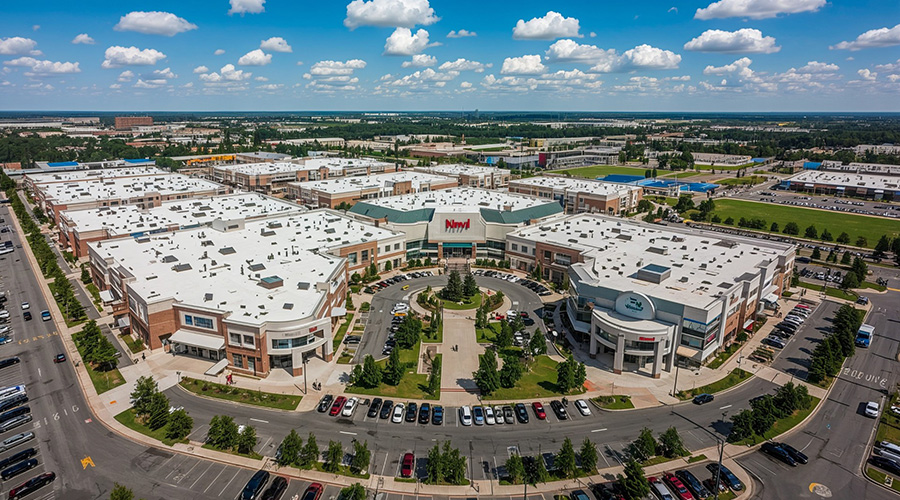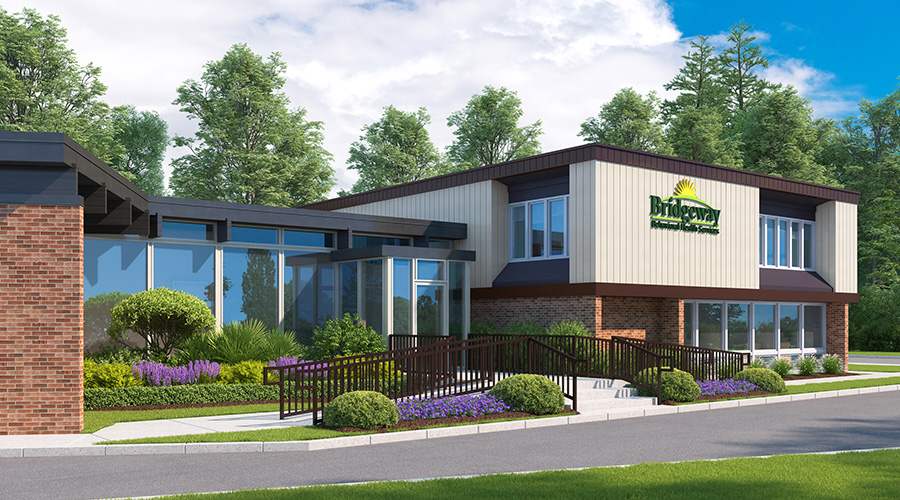Specific requirements will better protect the public during disasters, such as Superstorm Sandy
Florham Park, N.J. — Emerson Network Power, a business of Emerson (NYSE: EMR) and a global leader in maximizing availability, capacity and efficiency of critical infrastructure, today reported that electrical codes should more strongly address the location of onsite power gear in a building to better protect the public during disasters such as Superstorm Sandy.
More than eight million utility customers lost electrical power as a result of the superstorm's devastating impact. A white paper that explains the crucial issues affecting the location of onsite power gear and how they could be resolved now is available for download at www.Ascoapu.com. It's essential information for engineering and facilities managements that follow evolving codes and standards.
Bhavesh Patel, director of marketing at Emerson Network Power’s ASCO Power business said, "Electrical equipment making bodies and authorities having jurisdiction must work more closely. While much of the necessary language exists in codes affecting onsite power, it's impractical to implement the code for reliability only. Code implementation needs a common sense approach that balances all the factors affecting the location of onsite power gear. Language in NFPA 70, 99 and 110 tends to 'suggest' rather than 'require' equipment be protected against flooding. A number of consulting engineers agree.
Tom Divine, senior engineer and project manager, Smith Seckman Reid Inc., Houston, said, "The codes are not terribly detailed. They suggest placing generators with an eye toward a list of possible disasters. But they just give you a list and don’t tell you much. Every segment of the country has its own kind of disasters."
Ken Lovorn, president, Lovorn Engineering Assoc., Pittsburgh, said, "I don’t think they [the codes] go far enough. They talk about not putting life safety branch and critical branch wiring in the same raceway.* But they don’t talk about having physical separation that’s distant enough to really prevent a simultaneous outage...there’s nothing to prevent you from having the generator, switchgear, and the paralleling gear in the basement. The industry needs more regulation, more codes."
David Sandalow, acting undersecretary of energy, and assistant secretary for policy and international affairs, advocated a solution. At a Columbia University Energy Symposium held after the superstorm, he said, “In flood zones, critical electrical equipment such as breaker boxes and building connections should not be in basements or on ground floors. This point may seem obvious, but this basic vulnerability is found in thousands of buildings in low-lying areas. Building codes in general do not address this.”
In fact, the location of onsite power equipment was a serious problem in New York City. At Bellevue Hospital Center, for example, the emergency gen-sets on the 13th floor had been operational, but fuel pumps that fed them were in the flooded basement, according to The New York Times. Because water and electrical equipment don't mix, fuel issues prevented the gen-sets from continuing to operate.
The flagship public hospital and the premier trauma center in Manhattan, which has been at the top of the list to receive patients evacuated from other healthcare facilities when disasters struck, had to evacuate more than 300 of their own patients due to power loss.
NFPA 99: Health Care Facilities Code, Annex B: Additional Explanatory Notes, paragraph B.12.3.2.4, 2012 edition, states: “Flooding into a facility’s lower levels where utilities are often housed results in a disruption of these services.” Paragraph B.12.3.2.5 states, “Power is lost typically as a result of high winds and flooding. Generators and transfer switches have been lost due to their location below the high water mark.” Annex B offers observations and suggestions—not requirements.
Sandalow said, "Our work together must begin long before disaster strikes. There is always room for improvement, and Sandy has illustrated ways our energy systems are still vulnerable to disruption."
Download the white paper here.
To contact ASCO, call (800) 800 ASCO (2726), email CustomerCare@Asco.com or visit www.EmersonNetworkPower.com/ASCO.

 Healthcare Is the New Retail
Healthcare Is the New Retail Bridgeway Behavioral Health Services Launches Campaign to Renovate Health Center
Bridgeway Behavioral Health Services Launches Campaign to Renovate Health Center Ground Broken for New North Dakota State Hospital
Ground Broken for New North Dakota State Hospital AI Usage for Healthcare Facilities
AI Usage for Healthcare Facilities Ground Broken on Pelican Valley Senior Living Modernization Project
Ground Broken on Pelican Valley Senior Living Modernization Project